The human body is pretty amazing! We have skin to help protect us from pathogens and pollutants, a skeleton to allow us to move and protect vital organs and a digestive system that can break down food, keeping the good bits and expelling the waste!
These fun human body facts are a great starting point for learning more about the wonders of the human body.
Facts About The Human Body
The skin is the largest organ of the human body.
The skin is part of the integumentary system.
The human body is created from 13 chemical elements.
Eyebrows keep stop sweat dripping into your eyes!
Humans are 65% oxygen ( mostly in the form of water H2O )
The human brain contains about 100 billion nerve cells.
The texture of your brain is like tofu!
Did you know that taste is linked to smell?
The human brain has two halves. The halves are called hemispheres! The left hemisphere controls the right side of your body and vice versa.
The brain can detect 10,000 different smells!
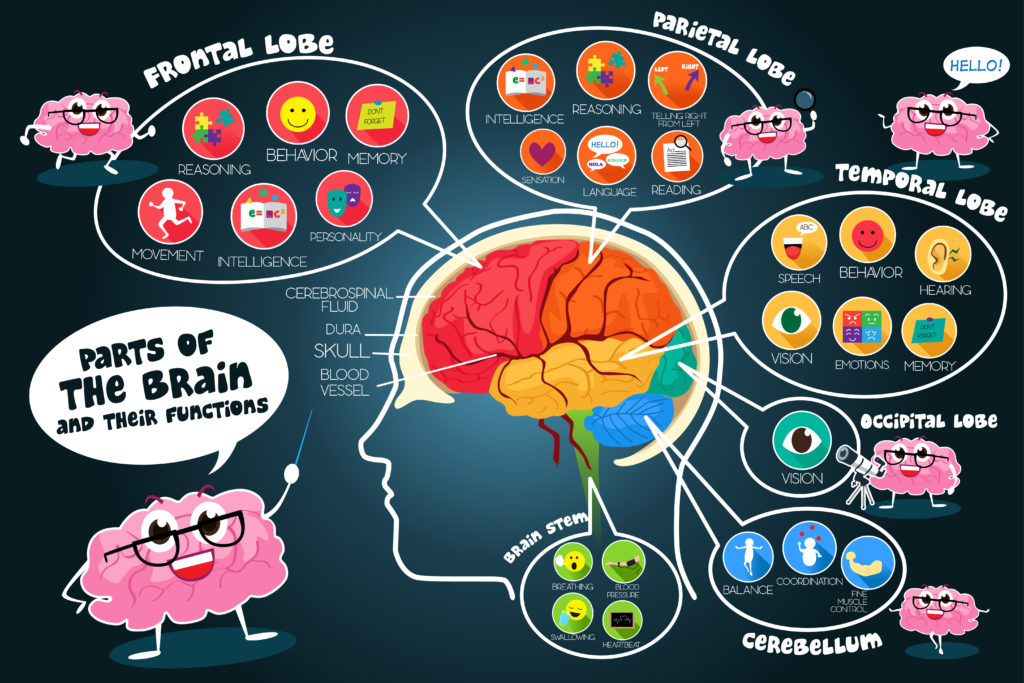
Nerve signals or impulses travel at 250mph!
Around 90% of people are right handed!
DNA is shaped like a twisted ladder ( double helix )
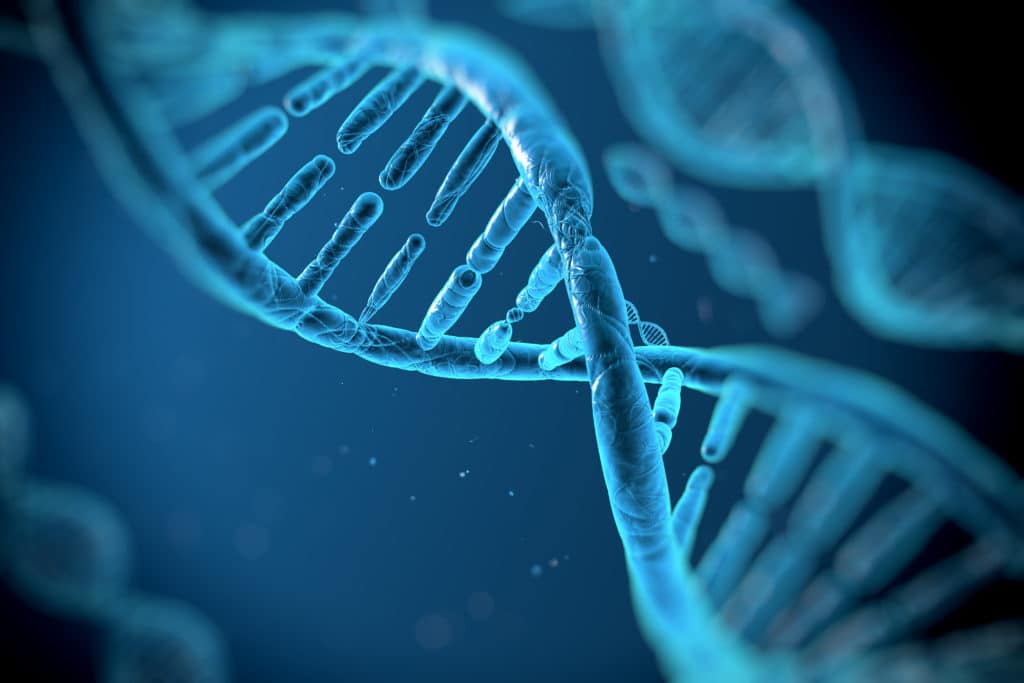
An adult body has 50-100 trillion cells!
The human heart beats around 100,000 times a day.
A meal takes around 18-30 hours to pass through you.
Identical twins have different fingerprints.
The iris of the eye is as unique as a fingerprint.
Muscles work in pairs so they can pull in different directions.
You sweat about 500ml of liquid each day.
Nails grow fastest in summer.
There are four blood groups and positive and negative varieties of each type. These are A, B, AB and O.
The hardest substance in the body is tooth enamel!
The average person spends ⅓ of their life asleep! That's 4 months out of every year.
There are only three areas of skin that don't grow hair. These are your lips, palms of hands and soles of feet!
If you want to learn more about the human body, try this collection of human body science experiments!
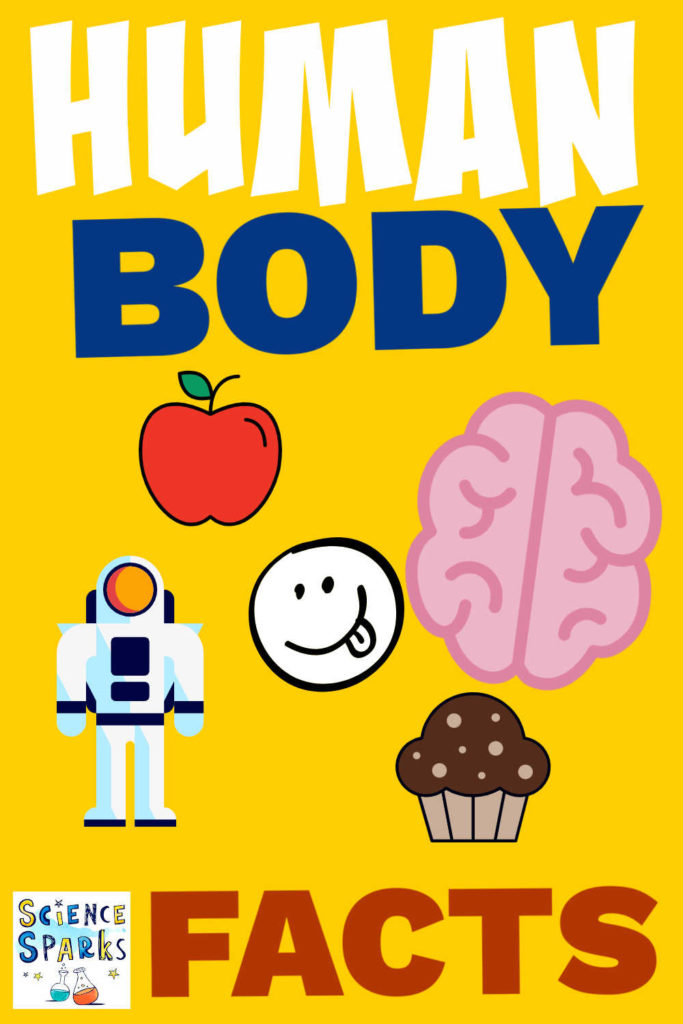
Last Updated on July 18, 2022 by Emma Vanstone

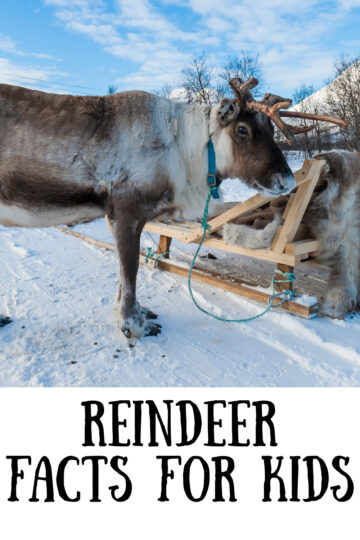
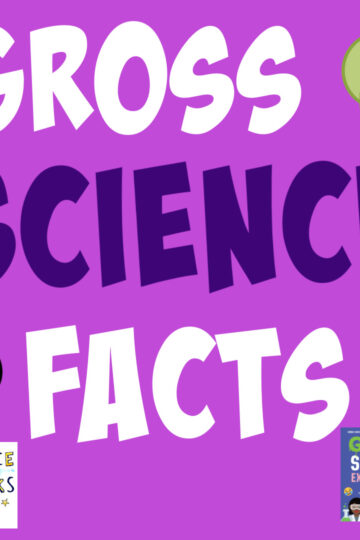
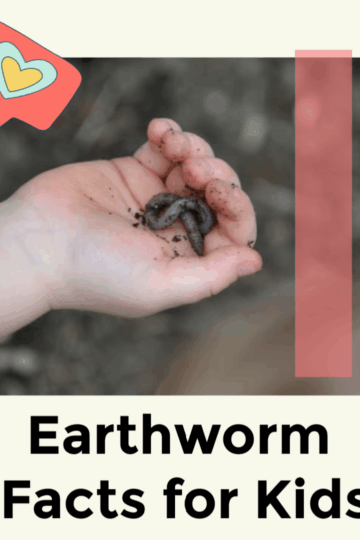
Leave a Reply